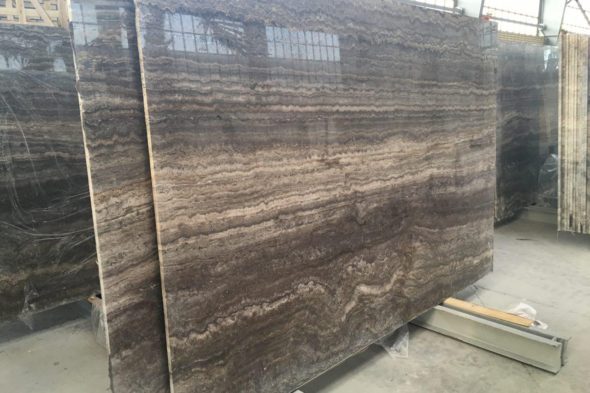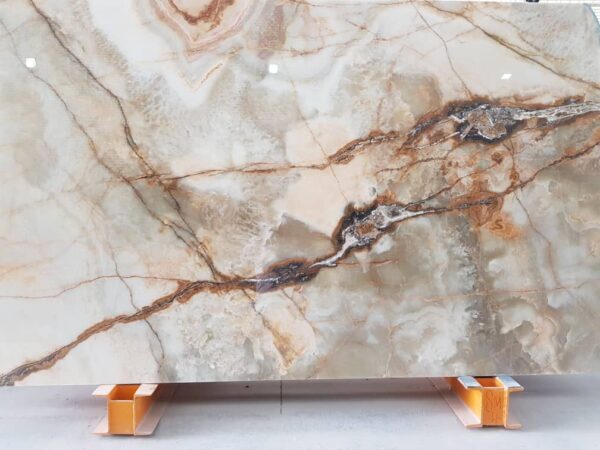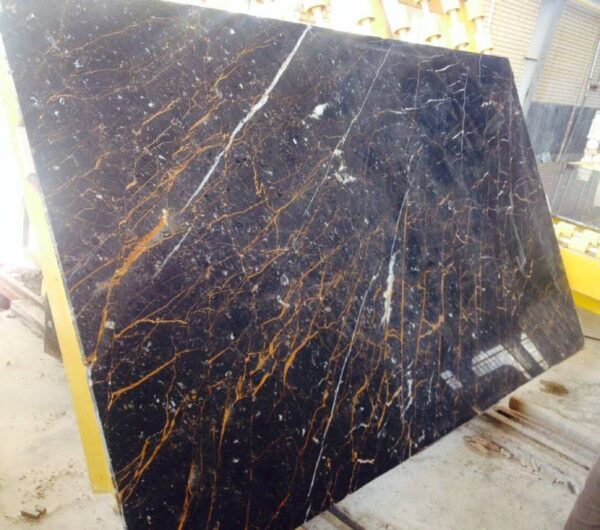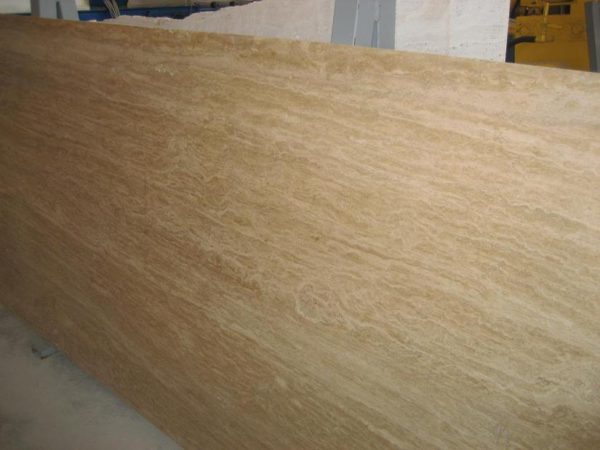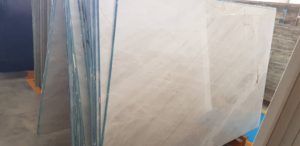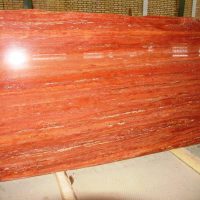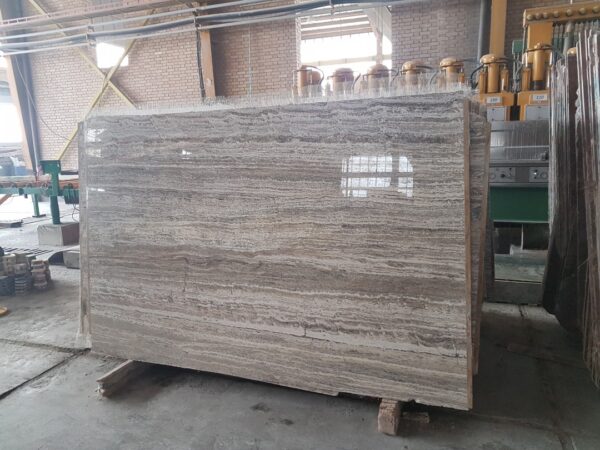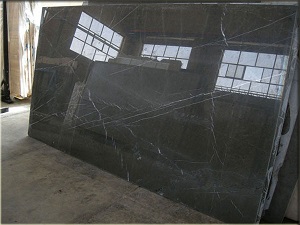Is Travertine Waterproof? Understanding the Water Resistance of This Natural Stone
Travertine is a classic natural stone used in a variety of applications, from elegant flooring and countertops to stunning outdoor features. One common question among homeowners and designers is: Is travertine waterproof? Understanding the water resistance of travertine is crucial for ensuring its longevity and maintaining its beauty. In this article, we’ll explore the water resistance of travertine, its characteristics, and how to properly care for it to prevent water-related issues.
The Water Resistance Characteristics of Travertine
Travertine is a porous stone formed by mineral deposits around hot springs and is known for its unique texture and aesthetic appeal. However, its natural formation also impacts its water resistance:
- Porosity: Travertine’s porous nature means that it can absorb water and other liquids. The stone contains tiny holes and voids that can allow moisture to penetrate, which can potentially lead to staining and damage if not properly managed.
- Absorption Rate: The absorption rate of travertine varies depending on its finish and density. Honed and tumbled finishes tend to be more porous compared to polished finishes, which can offer slightly better resistance to water. Despite this, even polished travertine is not completely waterproof.
- Effect of Moisture: While travertine is not waterproof, it can handle some moisture if properly sealed. However, prolonged exposure to water or moisture can lead to issues such as staining, discoloration, and even structural damage over time.
https://www.rockstone.biz/coffee-table-travertine/
How to Protect Travertine from Water Damage
To ensure that travertine maintains its appearance and functionality despite its porous nature, follow these best practices:
- Apply a High-Quality Sealant: Sealing travertine is the most effective way to protect it from water absorption. A high-quality sealant creates a barrier that reduces the stone’s porosity and prevents liquids from penetrating. It’s recommended to apply a sealant every 6-12 months, depending on usage and exposure.
- Immediate Cleanup of Spills: Address spills and moisture promptly to prevent them from seeping into the stone. Use a soft cloth or paper towel to blot up spills, and clean the area with a pH-neutral cleaner designed for natural stone.
- Regular Maintenance: Regular maintenance helps prevent water damage and keeps the travertine looking its best. Sweep or vacuum the surface to remove debris, and clean with a mild, pH-neutral solution to avoid damaging the stone or its sealant.
- Avoid Excessive Moisture: In areas prone to high moisture, such as bathrooms or kitchens, consider using water-resistant materials or adding additional protection. For outdoor areas, ensure that water runoff does not pool on travertine surfaces.
- Professional Care: For extensive cleaning or if you encounter water-related issues, consider consulting a professional stone care service. They can provide specialized treatments and repairs to address any problems and restore the stone’s condition.
Benefits of Travertine Despite Its Porosity
Even though travertine is not completely waterproof, it remains a popular choice for many applications due to its unique characteristics:
- Aesthetic Appeal: Travertine’s natural veining and color variations add a touch of elegance and sophistication to any space. Its timeless beauty complements various interior and exterior designs.
- Durability: With proper sealing and maintenance, travertine can be a durable and long-lasting choice for flooring, countertops, and outdoor features. Its natural charm and resilience make it a valuable investment for your home.
- Eco-Friendly Option: As a natural stone, travertine is an environmentally friendly choice. Its minimal processing and natural origins contribute to its sustainability.
Conclusion: Managing Water Resistance in Travertine
Travertine is not waterproof, but with proper care and maintenance, it can be a durable and beautiful choice for various applications. By applying a high-quality sealant, promptly cleaning spills, and maintaining the stone regularly, you can protect the travertine from water damage and enjoy its timeless elegance in your home for years to come.

